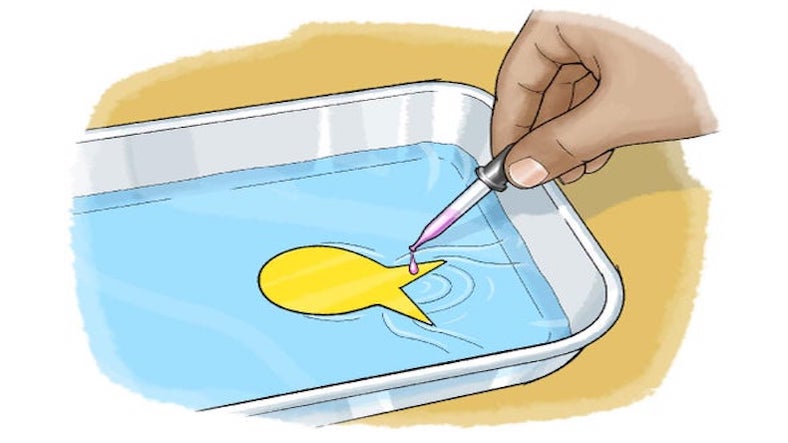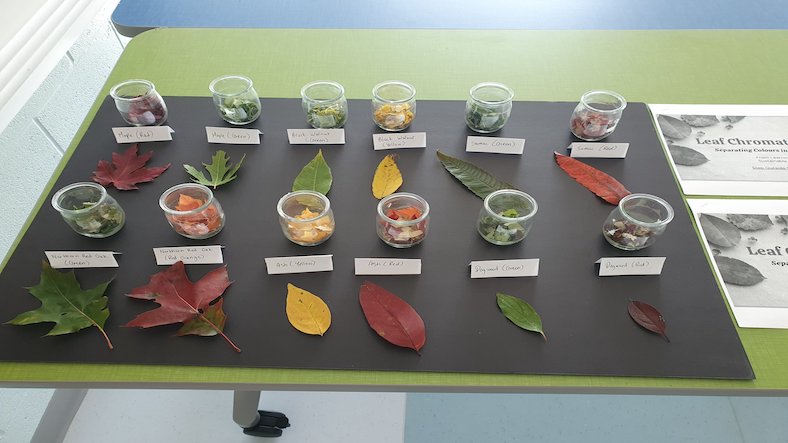Title: Floating Fish - Density and Buoyancy Experiment
Objective: To explore the concepts of density and buoyancy by creating a floating fish.
Materials:
- Clay or playdough
- Plasticine or modeling clay
- Plastic toy fish or small plastic object
- A basin, tub, or container filled with water
Procedure:
- Start by shaping the plasticine or modeling clay into a small ball or disc shape. This will serve as the base for your floating fish.
- Flatten the clay or playdough and place the plastic toy fish or plastic object on top of it. Mold the clay around the fish, shaping it into the form of a fish body.
- Ensure that the clay is evenly distributed around the fish, forming a solid and stable base.
- Once the fish shape is complete, gently place it in the basin or container filled with water.
- Observe and discuss the fish's behavior in the water. Does it float or sink? Why do you think this happens?
- Explain the concept of buoyancy to the children. Buoyancy is the upward force exerted on an object submerged in a fluid (like water) that opposes the force of gravity.
- Encourage children to think about why some objects float while others sink. Discuss the role of density in determining buoyancy.
- Optionally, conduct additional experiments by adjusting the fish's density. For example, flatten the clay base to increase the fish's density, or add more clay to decrease its density. Observe how these changes affect the fish's buoyancy.
- Discuss the findings and relate them to real-life examples. For instance, compare the floating fish to a real fish's buoyancy in water.
- Conclude the experiment by summarizing the concepts of density and buoyancy and how they relate to objects floating or sinking.
Safety Considerations:
- Adult supervision is recommended, especially when handling water.
- Be cautious of slippery surfaces and ensure a safe working area.
This experiment allows children to explore the concepts of density and buoyancy through the creation of a floating fish. It promotes scientific observation, critical thinking and an understanding of basic physics principles. Enjoy the exploration of density and buoyancy with your floating fish experiment.
Thanks for reading the article, for more Science & Technology related articles read and subscribe to peoples blog articles.















